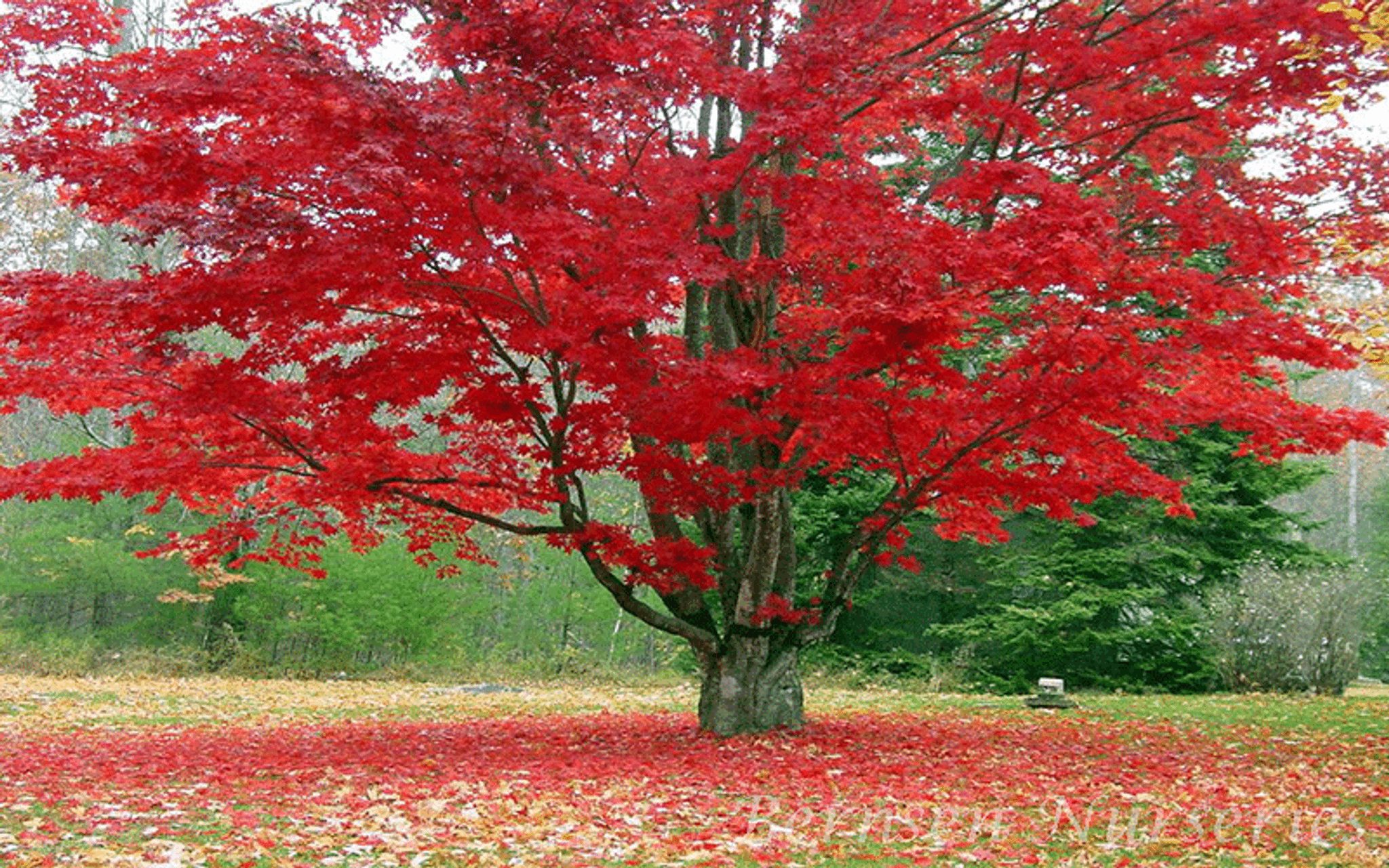
Maple leaves are traditionally an important part of Canadian Forces military regalia, for example, the military rank insignia for generals use maple leaf symbols. The maple is a common symbol of strength and endurance and has been chosen as the national tree of Canada. The maple leaf in the coat of arms of SammattiĪ maple leaf is on the coat of arms of Canada, and is on the Canadian flag. Maple leaves in late summer and autumn are commonly disfigured by "tar spot" caused by Rhytisma species and mildew caused by Uncinula species, though these diseases do not usually have an adverse effect on the trees' long-term health. Death of maples can rarely be caused by Phytophthora root rot and Ganoderma root decay. Sooty bark disease, caused by Cryptostroma species, can kill trees that are under stress due to drought. Several are susceptible to Verticillium wilt caused by Verticillium species, which can cause significant local mortality. Maples are affected by a number of fungal diseases. Infestations of the Asian long-horned beetle ( Anoplophora glabripennis) have resulted in the destruction of thousands of maples and other tree species in Illinois, Massachusetts, New Jersey, New York, and Ohio in the United States and Ontario, Canada. In horticultural applications a dimethoate spray will solve this. Aphids are also very common sap-feeders on maples. In high concentrations, caterpillars, like the greenstriped mapleworm ( Dryocampa rubicunda), can feed on the leaves so much that they cause temporary defoliation of host maple trees. The leaves are used as a food plant for the larvae of a number of the order Lepidoptera (see List of Lepidoptera that feed on maples). Rhytisma acerinum fungus on Acer pseudoplatanus leaf Fifty-four species of maples meet the International Union for Conservation of Nature criteria for being under threat of extinction in their native habitat. Rapid lineage divergence was followed by several independent dispersals to the Nearctic and Western Palearctic regions. Molecular studies incorporating DNA sequence data from both chloroplast and nuclear genomes, aiming to resolve the internal relationships and reconstruct the evolutionairy history of the group, suggest a Late Paleocene origin for the group, appearing first in the northeastern Palearctic. The genus is subdivided by its morphology into a multitude of sections and subsections. When put in family Sapindaceae, genus Acer is put in subfamily Hippocastanoideae. Recent classifications, including the Angiosperm Phylogeny Group system, favour inclusion in Sapindaceae.

The genus Acer together with genus Dipteronia are either classified in a family of their own, the Aceraceae, or else classified as members of the family Sapindaceae. Most species require stratification in order to germinate, and some seeds can remain dormant in the soil for several years before germinating.

The yellow seeds are released individually and almost always without the stems. The green seeds are released in pairs, sometimes with the stems still connected. Depending on the species, the seeds can be small and green to orange and big with thicker seed pods. However, one tree can release hundreds of thousands of seeds at a time. Seed maturation is usually in a few weeks to six months after flowering, with seed dispersal shortly after maturity. During World War II, the US Army developed a special airdrop supply carrier that could carry up to 65 pounds (29 kg) of supplies and was based on the maple seed. People often call them "helicopters" due to the way that they spin as they fall. They are shaped to spin as they fall and to carry the seeds a considerable distance on the wind. These seeds occur in distinctive pairs each containing one seed enclosed in a "nutlet" attached to a flattened wing of fibrous, papery tissue. The distinctive fruits are called samaras, "maple keys", "helicopters", "whirlybirds" or "polynoses". It is one of the most common in Asia.ģD rendering of a ♜T scan of a samara. Maple syrup is made from the sap of some maple species. The closest relatives of the maples are the horse chestnuts. The maples usually have easily recognizable palmate leaves ( Acer negundo is an exception) and distinctive winged fruits. The type species of the genus is the sycamore maple, Acer pseudoplatanus, the most common maple species in Europe. Only one species, Acer laurinum, extends to the Southern Hemisphere. There are approximately 132 species, most of which are native to Asia, with a number also appearing in Europe, northern Africa, and North America. The genus is placed in the family Sapindaceae. Acer pseudoplatanus (sycamore maple) foliageĪcer ( / ˈ eɪ s ər/) is a genus of trees and shrubs commonly known as maples.


 0 kommentar(er)
0 kommentar(er)
